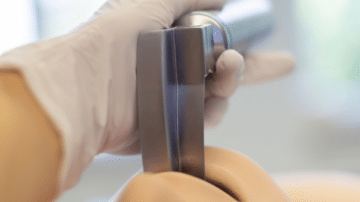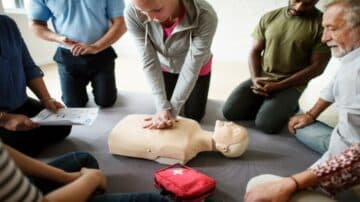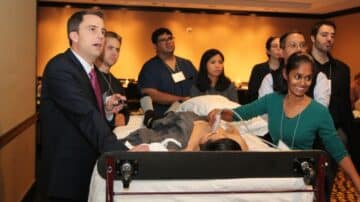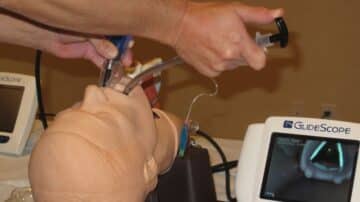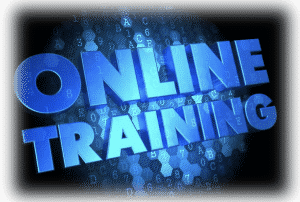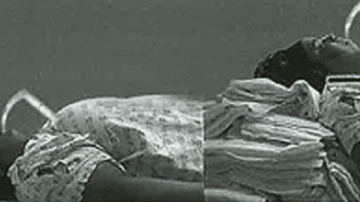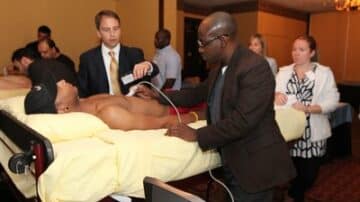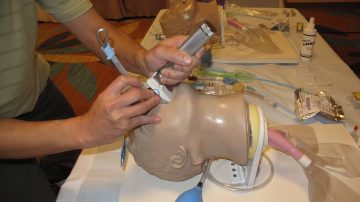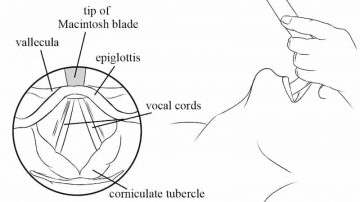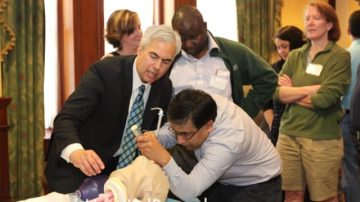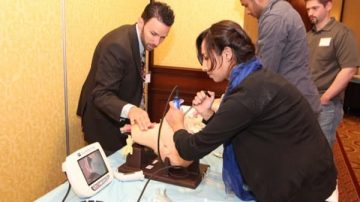Endotracheal intubation can occur in up to 60% of critically ill patients. Though common, the procedure comes with significant risks. If multiple attempts are made to secure the airway, it may contribute to patient morbidity. Using the right laryngoscope can…
Read MoreAwake fiberoptic intubation can be an effective solution in securing a patient’s airway due to difficult airway and in cases where conventional intubation is not an option. A difficult airway refers to a clinical situation whereby a healthcare provider faces…
Read MoreCritical emergency skills are an important tool in a healthcare provider’s arsenal. They must be able to safely perform emergency procedures to save lives when faced with a critical situation. However, once they finish their studies and training, many physicians…
Read MoreDelays to hospital inpatient admission in excess of five hours from arrival at an Emergency Department (ED) lead to a mortality rate of 8.71%. This increases by another 8% in cases where admission is delayed beyond six to eight hours. …
Read MoreVideolaryngoscopy has quickly become a popular method for airway management because it provides better visuals of the glottis. Failed intubations have decreased since more clinicians have begun to rely on videolaryngoscopy and the greater visibility it provides. Awake videolaryngoscopy is…
Read MoreWhat is conscious sedation? Conscious sedation, also known as procedural sedation, is a common practice in emergency departments for patients undergoing painful or anxiety-provoking procedures. It is intended as a less invasive method. Generally, those who undergo this type of…
Read MoreMore Articles – Arterial line, Cardiovascular diseases, Central line, Chest Tube, Emergency Procedures, Endotracheal Intubation, Events, FAST Exam, Intraosseous line, King Tube, Laryngeal Mask Airway, Lumbar Puncture, Mechanical Ventilation, Medical General, medical procedures, Needle Decompression, Paracentesis, Procedural Sedation, RUSH Exam, Thoracentesis, Ultrasound-Guided Peripheral IV
Physicians, physician associates (PAs), and nurse practitioners (NPs) need to be adept in a range of essential medical emergency procedures that they must perform in an inpatient settings. These bedside procedures are accomplished readily, but only if you have the…
Read MoreA Continuing Medical Education (CME) Course is designed for doctors, nurses, nurse practitioners, physician associates and other healthcare professionals who want to learn more about certain topics in medicine. The primary goal of CME is to improve the quality of…
Read MoreThe emergency room (ER) is an essential area of any hospital because it often deals with life-and-death situations. How medical personnel respond significantly affects the prognosis of patients who are in need of urgent care. As a medical professional, experience…
Read MoreMorbidly obese patients can pose numerous challenges when it comes to airway management. Morbid obesity can make vascular access more difficult and you need good vascular access prior to any attempts at safe airway management. In addition, morbid obesity can…
Read MoreFor decades the mantra for procedural education in medicine has been “see one-do one-teach one”. Those of us who learned bedside procedures and point-of-care ultrasound by this model understand that this approach does not optimize safe and competent performance. At…
Read MoreCOVID-19 pneumonia can be a frustrating infection to treat because we have limited medications that have proven benefit in moderate-severe infections. Patients with COVID-19 pneumonia who require up to 2L/min supplemental oxygen have at least moderate infection. Patients with severe…
Read MoreEschmann stylets, or Bougies, can assist the clinician with endotracheal intubation in difficult airway scenarios. The stylet when properly placed can act to guide the endotracheal tube (ETT) into the trachea. However, there are different troubleshooting techniques that once must…
Read MoreA recent article in JAMA reviewed 62 high-quality articles to determine the clinical factors that can help to predict the patient with a difficult airway. Airway management experts have devised different scoring systems and exam findings that can predict the…
Read MoreA recent article summarizes a cross-sectional survey aimed at determining the processes in place to assess the procedural competency of academic emergency medicine attendings.[i] The survey was sent to the 39 ACGME-accredited Emergency Medicine programs in the U.S. and had…
Read MoreCategories
- ACLS (1)
- Arterial line (33)
- Cardiovascular diseases (77)
- Central line (55)
- Chest Tube (39)
- Dermatology (4)
- Emergency Procedures (138)
- Endocrinology (6)
- Endotracheal Intubation (36)
- Events (24)
- FAST Exam (12)
- Featured (112)
- Featured Procedure (42)
- Gastrointestinal diseases (32)
- Ginecology (3)
- Glidescope Intubation (21)
- Hematology (33)
- Hospital Procedures (85)
- Infections (32)
- Intraosseous line (8)
- King Tube (27)
- Laryngeal Mask Airway (18)
- Lumbar Puncture (36)
- Mechanical Ventilation (34)
- Medical General (95)
- medical procedures (258)
- Needle Decompression (6)
- Nephrology (11)
- Neurological diseases (12)
- Oncology (4)
- Paracentesis (32)
- Pericardiocentesis (3)
- Procedural Sedation (19)
- Respiratory diseases (85)
- RUSH Exam (8)
- Thoracentesis (37)
- Traumatology (24)
- Travel (27)
- Ultrasound-Guided Peripheral IV (13)

